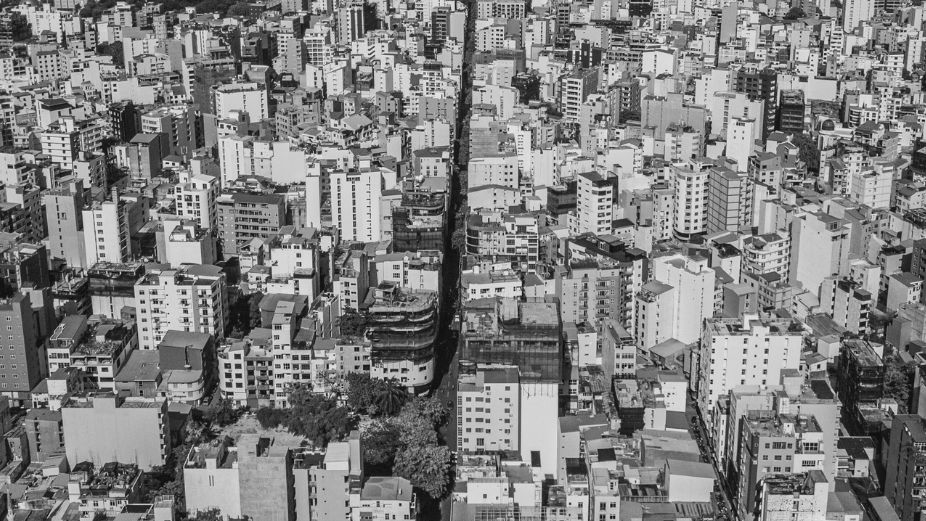
In 1980, the World Bank’s first look at the Maldives read like a dispatch from the edge. It described a nation of 143,000 people, scattered across 202 inhabited islands, where life expectancy was 46.5 years and infant mortality was painfully high. There were no official national accounts. Per capita income was estimated at just USD 160. Government finances were rudimentary, the budget more an accounting ledger than a policy tool. The State Trading Organization set prices using an “accounting rate” that effectively taxed exporters and subsidised essential imports. A monetary authority was only on paper. Tourism had just begun to take root. Fishing was the mainstay of output and work, but even there producer incentives were blunted by pricing rules and fuel costs. The report’s verdict was unsentimental, yet optimistic that with clear priorities, basic infrastructure, and concessional support, a small state could move quickly.
Four and a half decades on, the Maldives is unrecognisable in many ways. Life expectancy has climbed to about 81 years. GDP per capita is now in five figures, at roughly USD 12,500 in 2023. Tourism is the system’s growth engine and anchor, contributing the largest sectoral share of GDP, while fisheries has slipped to a very small share in nominal terms. A modern tax state exists where none did in 1980, with GST introduced in 2011 and broadened through tourism rates and later amendments. The Maldives Monetary Authority, created by statute in 1981, is the central node for financial stability. These are not just policy footnotes, they are the scaffolding of a different economy.
That first report worried about the state’s limited capacity, a budget dependent on trading profits, and weak incentives for producers. It flagged STO’s use of a non-market exchange rate that taxed fish exports by as much as half, with the proceeds used to cheapen essentials. It noted that tourism revenues and shipping remittances masked a merchandise trade gap, and that the data were too thin to manage policy well. The through-line from that diagnosis remains visible, even if the context has transformed. Today policy is built on a far better statistical base, and the government uses formal taxes rather than implicit levies for revenue. Yet the core challenge the Bank identified still haunts the public balance sheet, albeit in new clothes. The state continues to do a great deal, often through public enterprises, and the bill is heavy. Public debt ratios are among the highest in the region. Financing pressures and rollovers are now a macro headline, not a footnote.
On structure, the shift is dramatic. In 1978 the report estimated services at 54 percent of GDP, largely Malé-based government and a nascent visitor industry. Fishing was around 40 percent of value added and over half of employment. Today tourism is the single largest sector by GDP share, with spillovers to transport, retail, and construction. Fish preparation accounts for well under 1 percent of nominal GDP. This is a different kind of export specialisation, deeper and broader than the report could have imagined when airport arrivals were still counted in the low thousands.
On human development, the contrast is even starker. The World Bank’s country table documented high birth and death rates, limited access to safe water and sanitation in the atolls, and a health system concentrated in Malé. It read like a checklist for urgent investment. The subsequent gains in mortality, longevity, and service access are the fruits of three decades of infrastructure and basic services, aided by multilateral and bilateral programmes. The World Bank’s early call for safe water and decentralised services anticipated much of what followed.
What has not changed enough is vulnerability. The report pressed for clear priorities, a stronger planning centre, and realism about what the state could execute. That counsel remains current. Tourism’s dominance brings scale and speed, but also cyclicality, exposure to global shocks, and concentration in a few atolls. The country’s debt story reflects a development model that built fast, often through state entities, and paid later. The fiscal apparatus is broader than in 1980, yet expenditure pressures run ahead of stable revenue bases. Recent years have shown how quickly external headwinds can tighten financing. The current debate about new ventures and diversification echoes the 1980s aspiration to widen the base, this time with far larger numbers and more complex risks.
There is also a governance thread that links the eras. In 1980, the Bank noted the need for a legislative framework for banking and companies, and for interest rate policies that would mobilise savings. Those institutional steps happened, but institutions need continual care. The larger the state footprint, the more critical it is to ring-fence public enterprise decisions from political cycles, keep contingent liabilities transparent, and publish timely fiscal and debt data. The prize is credibility with citizens and creditors alike, which lowers the cost of capital and widens policy room.
So how far have we come. From a subsistence-leaning, fish-led archipelago to a tourism-powered service economy with modern tax law and a central bank, the journey is immense. From a life expectancy in the forties to the eighties is a civilisational leap. Yet the old advice to pick priorities, cost Maldives honestly, and avoid trying to do everything at once still holds. With the population now several times larger than in 1977 and the economy far more monetised, small policy errors scale quickly. The next phase will be decided by the quality of institutions, the transparency of fiscal choices, and whether diversification becomes more than a slogan. That is a different kind of nation-building, but the logic is the same one the Bank saw at the start.













